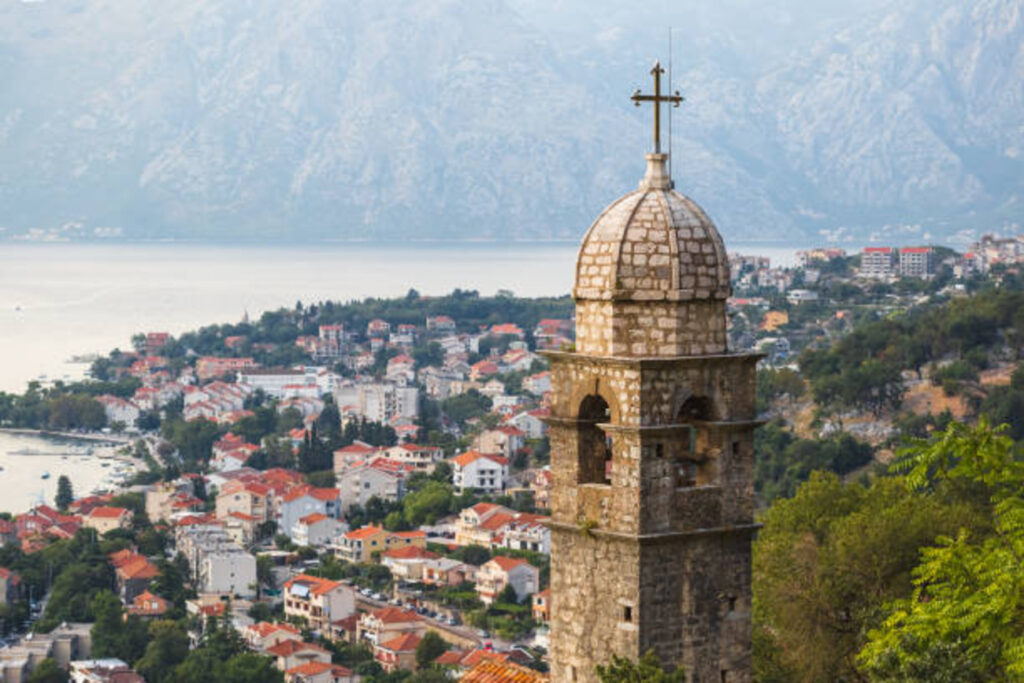Kotora Melnkalne might not ring a bell like the names of some famous historical figures do, but it does encapsulate a variety of cultural, historical, and geographical meanings. This blog post will try to analyze Kotora Melnkalne’s connections with anime, the Latvian culture, as well as the beautiful town of Kotor, in Montenegro.
Who is Kotora Melnkalne?
The name Kotora Melnkalne appears in diverse cultures and geographical locations. For anime lovers, travelers, or even historians who enjoy exploring the enchanting parts of Europe, this name has a story.
Kotora Melnkalne in Anime
Kotora Melnkalne is a notable character in a not-so-popular anime series. Unlike many of the mainstream characters in the anime world, Kotora is celebrated for her emotional depth, psychological complexity, and nuanced storytelling.
Kotora’s Character: Emotional Depth and Resilience
Kotora Melnkalne’s life story centers on healing from trauma and emotional growth. The anime portrays her story arc with trials and instances of her emerging stronger. She epitomizes growth and resilience and has become an icon of grace for emotionally inclined viewers who appreciate development rather than action sequences.
Her journey is not filled with ostentatious battles or supernatural confrontations. The anime focuses on her internal conflicts, which is relatable for many anime viewers who desire a more human narrative.
Visual Design and Popularity
Kotora’s visuals are as striking as her somber personality. Her emotionally subdued demeanor is now brought to life in the anime as is her emotionally muted color palette. The monochromatic and muted hues not only reflect her internal struggles, but also serve to her memorability as a figure among fans of the psychological genre. Kotora has also become popular on social media inciting a vibrant fandom creating fanworks and discussions on Tumblr, DeviantArt, and Pinterest.
As a more multi-dimensional anime character, she captivates fans with her emotional battles. Many connect with Kotora on a deeper level and believe that amidst all the struggles life poses, she sets an example of what resilience embodies.
Kotora Melnkalne in Latvia’s Culture
Melnkalne is a name that is associated uniquely with Latvia’s culture and geography. Melnkalne (“Black Hill”) is a name shared by places in Latvia and these places are considered historically and culturally important.
The Melnkalne Hill: A Symbol of Latvian History
Melnkalne is one of the most important hills in Latvia and is located in the Eastern region of the country. The hill is an enduring symbol of fortitude and serves as a powerful defensive stronghold for the ancient Latvian tribes in medieval times. The hill’s fortifications and strategic mountainous location served as a blockade for the region against invasions.
Melnkalne is a Lilly of the valley that is protective and liberating and is rich in Latvian folklore. Gathering place is the perch of various Latvian tribes and their ancient ways of life.
A Spiritual Hub in Ancient Latvia
Colloquially dubbed the Black Hill, Melnkalne hill served as ancient the military and spiritual stronghold for ancient Latvia. The hill’s altitude prominence over surrounding plains lent to its appeal as a spiritual stronghold where locals performed ancient traditional and mystical religious rituals.Melnkalne serves as a culmination of Latvia’s history, and the remarkable resilience of Latvians is evident for being able to preserve such sites of great admiration and reverence. Latvians as a whole and even the visitors of Melnkalne have the privilege to experience a great sense of belonging as they walk the same footprints as bygone Latvians, deepening the bond with their history.
Kotora Melnkalne in Montenegro
Aside from the linkage Kotora Melnkalne has with Latvia, he is also associated with the breathtaking town of Kotor in Montenegro. This hidden coastal town has been a treasure for Europe, as this town is rich in history and nature.
Kotor: A UNESCO World Heritage Site
Kotor is located by the Bay of Kotor in Montenegro. The bay is striking and famous for its natural sites with the steep mountains that are adjacent to the bay rising to water. Kotor as well is a UNESCO World Heritage placed for its medieval buildings that are well kept and rich in history.
Kotor has also a fantastic history of over a thousand years and has been under Romans, Byzantines and even Venetains which controls and enriched the town with their respective cultures and styles of architecture. It’s as well a town that portrays the mixture of different cultures and religions that have lived together for several centuries.
Kotora Melnkalne: Poetical Associations
The “Melnkalne” in “Kotora Melnkalne” refers to the breathtakingly beautiful and rugged bleak northern hills and the dramatic misty mountains that Kotor is known for. These foreboding hills and mountains have historically been witnesses to ancient warfare as well as contemporary tourism.
This context is linked to the poetic and romantic reminiscence of evocative phrases that illuminate the timeless Montenegro Kotlin Hills. While Kotor may be well known for tourism, it is also rich in serenity that the old city with its archaic walls, wooden doorways, and timeless cathedrals is a keeper of.
Kotor: A Traveler’s Haven
The dramatically steep slopes along with the ancient architecture of Kotor have swiftly turned it into a beloved tourism spot. The Venetian past of Kotor excites the historical imagination of wanderers, and many make a journey to the old town, climbing the steps to the fortifications.
For the quiet-seeking nature, there is a way that resembles the Kotora Melnkalne site for those seeking more tranquility, exploring the hills as well as the surrounding mountains.
Kotora Melnkalne: A Multifaceted Legacy
To sum up, Kotora Melnkalne consists of various layers of history, culture, and geography. Its roots span from anime, symbolizing emotional strength and resilience, to its connection to Latvian history as a sacred and strategically important site, and then its association to Kotor Montenegro. Kotora Melnkalne shows how a name and concept can transcend centuries and regions.
Kotora Melnkalne is a must-visit for fans of psychological animes, history buffs, or for those looking to uncover stories, places, or new experiences to add to their travel list.
Frequently Asked Questions
1 – What is Kotora Melnkalne in anime?
Kotora Melnkalne is a character in an anime series that delves into emotional and psychological themes. It depicts a character’s growth journey that involves battling a trauma and learning to be strong. She is relatable and resonates to anime fans who love stories that talk to their hearts and live with them.
2 – Where is Melnkalne located?
Melnkalne is a hill in Latvia, colloquially known as “Black Hill.” In addition to being a fortification, it also served as a religious site for some ancient Latvian tribes, granting it historical and cultural significance. It is an important site of Latvian culture.
3 – How is Kotora Melnkalne connected to Kotor, Montenegro?
The Kotora Melnkalne might not directly remind anyone of the town Kotor in Montenegro, but, it certainly brings to mind the poetic vision of the beautiful hills and and the steep mountains that surround Kotor. Kotor is famous for being a UNESCO World Heritage site, and is cherished for its breathtaking nature and well preserved medieval structures.
4 – Why is Kotor a UNESCO World Heritage site?
Kotor is one of the places in Montenegro that UNESCO acomplishes for the town’s historical and architectural value. Kotor is well-known for a town that has been inhabited for over a thousand years featuring a famous fusion of Roman, Gothic, and Venetian architecture, wonderful for those who are in love with history and culture.
5 – Can I visit the Melnkalne hill in Latvia?
Certainly, the Melnkalne hill is accessible to everyone. It provides an insight of Latvia’s fascinating and rich history, and a chance to connect with the past. The hill has been known for its historical and spiritual importance and, is a place to visit for anyone interested in Latvia’s culture.



